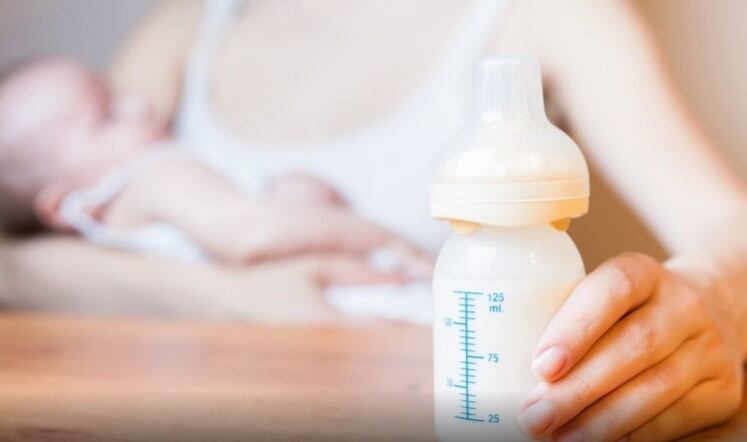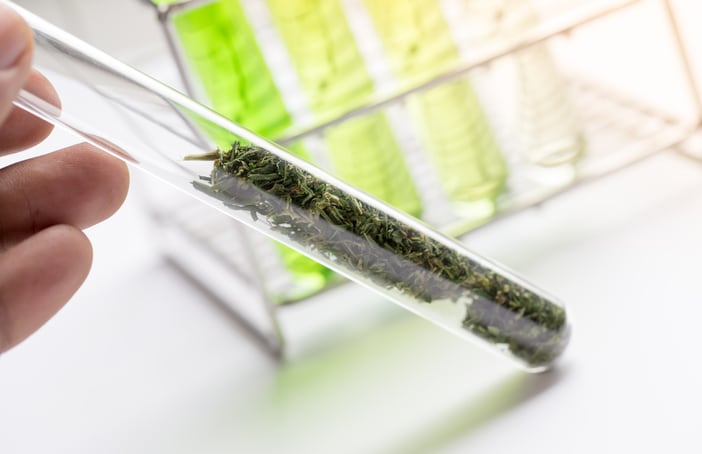Commission Delegated Regulation (EU) 2016/127 - a supplement to Regulation (EU) 609/2013 - sets out the criteria that have to be met by infant and follow-on formula products placed on the European market. These include the compositional requirements for the various components in formula, including the protein fraction. It sets out acceptable protein sources, processing methods, amino acid ratios, energy values etc.
Case-by-case review
The conditions for the use of protein hydrolysates are based on one particular formula that was evaluated by EFSA for its safety and suitability. There is, however, provision for these requirements to be amended on a case-by-case basis in order to allow other formula products that are derived from protein hydrolysates to be authorised, following an evaluation by EFSA.
In this scenario, EFSA noted that: “The safety and suitability of each specific formula containing protein hydrolysates has to be established by clinical studies. Information on protein sources and the technological processes applied should also be provided.”
In this context, in April 2019, EFSA was asked by the European Commission to deliver an opinion on the nutritional safety and suitability of a specific protein hydrolysate that is derived from whey protein concentrate and used in HiPP’s infant and follow-on formula.
Dossier details
Meyer Science GmbH submitted the dossier on behalf of HiPP-Werk George Hipp OHG to the Commission, for evaluation by EFSA. The dosser documented the required evidence to justify an amendment to Regulation (EU) 2016/127 with respect to the protein sources that may be used in formula.
This included an unpublished intervention study, in which infants were exclusively fed for three months with an infant formula manufactured from the protein hydrolysate in question or from intact cow’s milk protein. Both had a protein content of 1.9g/100kcal. The findings showed that infant formula manufactured from the protein hydrolysate resulted in the same growth as the formula manufactured from intact cow’s milk protein.
After reviewing the data, on 27 January 2022, the EFSA NDA panel for Nutrition, Novel Foods and Food Allergens, agreed that the protein hydrolysate was ”sufficiently characterised with respect to its fraction of the hydrolysed protein” and that it is nutritionally safe and suitable for use in infant and follow-on formula.
EFSA opinion adopted
The scientific opinion, published in the EFSA Journal, stated that: “The panel concludes that the protein hydrolysate under evaluation is a nutritionally safe and suitable protein source for use in infant and follow-on formula, as long as the formula in which it is used contains a minimum of 0.45g/100kJ (1.9g/100kcal) protein and complies with the other compositional criteria of Commission Delegated Regulation (EU) 2016/127 and the amino acid pattern in Annex IIIA of the Regulation.”
The next step is for the Regulation to be amended accordingly, enabling HiPP to lawfully sell products containing the protein hydrolysate in the EU.
The safety of the food enzymes used in the manufacture of the protein hydrolysate was not assessed in this opinion. This assessment is performed by the EFSA Panel on Food Contact Materials, Enzymes and Processing Aids, and, at the time of publication, was still ongoing.
This is not the first dossier for a protein hydrolysate to have been reviewed under this framework by EFSA. The European safety assessor delivered a similar opinion in November 2020 on a dossier submitted by Danone for a whey protein concentrate derived protein hydrolysate used in infant and follow-on formula.




